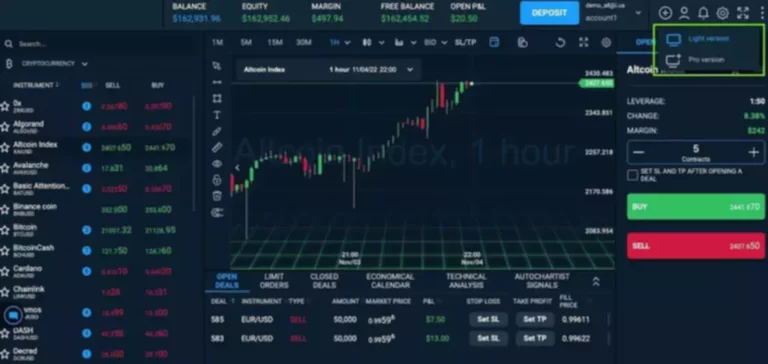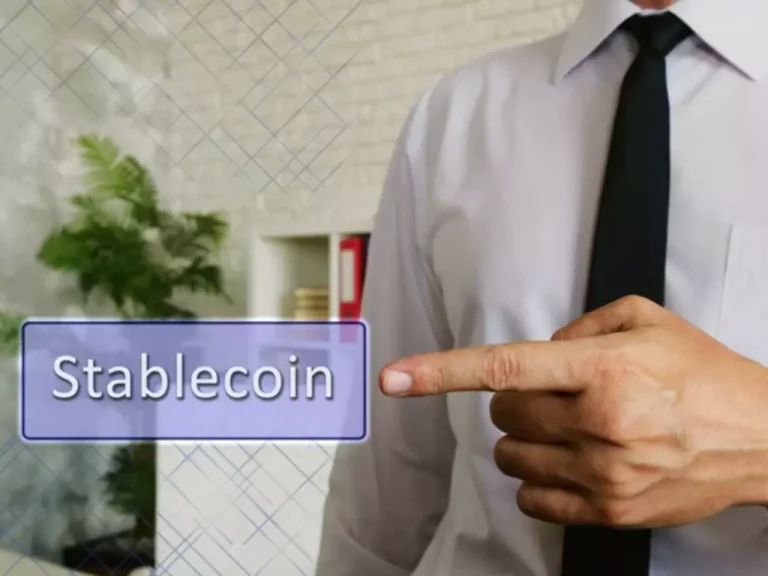Users should be cautious of the risks involved with using cross-chain bridge software program. To understand how secure it is to make use of a blockchain bridge, it is necessary to review its status on the Internet and just remember to have not fallen on a phishing web site. To choose the proper service, it is needed to review every site in detail, because the functionalities may differ from each other and select the best solution for your self. Poly Network – A crosschain bridge that links multiple blockchains together with Ethereum, Binance Smart Chain, Polygon, and so on blockchain bridges. The capacity to distribute cryptocurrency and NFT merchandise between different blockchain platforms, reducing the concentration of risk. This can improve the liquidity and accessibility of tokenized property, opening up new alternatives for funding and commerce.

What Are The Most Important Challenges For Cross-chain Applications?
To perceive what a blockchain bridge is, you want to first understand what a blockchain is. Bitcoin, Ethereum, and BNB Smart Chain are some of the main blockchain ecosystems, all counting on different consensus protocols, programming languages, and system rules. The bedrock of any bridge’s security lies in its meticulously crafted smart contracts.
Monitoring Contract Exercise Across Chains
Unfortunately, their insurance coverage mechanisms are often reflexive; if a protocol token is used as collateral, there is an assumption that the dollar value of that token might be high sufficient to make customers complete. Furthermore, if the collateral asset is different from the insured asset, there’s also a dependency on an oracle value feed, so the safety of the bridge may degrade to the safety of the oracle. If not trusted, these bridges are also the least capital efficient as a result of they want to scale collateral proportional with the financial throughput they are facilitating. This is akin to a peer-to-peer community where each node acts as a “router” that holds an “inventory” of belongings of both the supply and destination chain. These networks often leverage the security of the underlying blockchain; via using locking and dispute mechanisms, users are assured that routers can not run away with consumer funds. Because of this, liquidity networks like Connext are probably a safer option for users who’re transferring giant amounts of value.
How Do Blockchain Bridges Work?
To transact, you will have to purchase ether or change a portion of your BTC for some ETH. A monetary skilled will supply guidance based on the information supplied and supply a no-obligation name to raised perceive your state of affairs. The articles and analysis support materials obtainable on this website are academic and are not intended to be investment or tax advice. All such information is offered solely for comfort purposes only and all users thereof ought to be guided accordingly.
What Do Blockchain Bridges Imply For The Future?
This sort of bridge is trustless and can work throughout any area, but is particular to exchanging a particular asset, so once more trips up on the trilemma. Unfortunately, there hasn’t been an ideal answer to the conundrum the business faces. Both trusted and trustless platforms have implicit flaws of their design and compromise the security of the blockchain bridge of their respective ways.

Furthermore, the rise of devoted dApp chains, like these planned by Hyperliquid and dYdX, opens up totally new possibilities. These chains can mint NFTs instantly, leveraging established bridges to draw early liquidity and users from various blockchain ecosystems. In essence, NFT bridges empower protocols and dApps to break free from their unique chains, embrace multi-chain performance, and chart their own impartial but interconnected futures. Users deposit property into a pool on one blockchain and obtain an equal value on one other blockchain.
Ask A Monetary Skilled Any Question
- They depend upon a trusted third party, that’s to say, the officials for his or her operations.
- This includes checking the documentation, inspecting the code, and assessing the maturity of the protocol.
- To choose the right service, it’s essential to review every web site intimately, because the functionalities could differ from each other and select the best solution for yourself.
- This isn’t good cross-chain communication, however it’s a system during which transactions are carried out between chains.
- A fraudulent transaction is defined as one which didn’t happen on the origin chain.
In other words, blockchain bridges are a crucial part of an interoperable future of the blockchain trade. A blockchain bridge solves the issue of inter-network communication by offering a way to join island-like blockchains with each other. Like any physical bridge, a blockchain bridge acts because the missing link between two blockchain ecosystems, making the switch of data, information and tokens across them fairly easy.
What Are Blockchain Bridges And The Way Do They Work?
With numerous attacks on cross-chain bridges, the search for a more secure and robust bridge design continues. The internet is a revolutionary system partly because of its high interoperability. Blockchain bridges are important to enhancing the blockchain industry’s interoperability and mass adoption. They have enabled some important improvements, permitting customers to exchange property between many blockchain protocols. Blockchain bridges have grown considerably in the variety of bridges, users, and complete transaction volume. These are just a few of the transformative benefits supplied by blockchain bridges.
Avalanche Bridge helps the transfer of ERC20 belongings from Ethereum to the Avalanche chain and vice-versa. The trusted bridge processes Ethereum transactions between minutes and some seconds for Avalanche transactions. However, with out blockchain bridges, a wise contract on one blockchain wouldn’t work together with one other chain. This kind of bridge is particularly important within the current blockchain panorama, the place quite a few standalone blockchains exist with their distinctive protocols and ecosystems. For a fluid blockchain future, interoperability isn’t only necessary – it’s a necessity. Being in a place to work and move belongings across networks might be a driving pressure in the digital world, from cryptocurrency networks to Metaverse platforms.
To maintain its safety, the Ronin Bridge requires the vast majority of these validator nodes (five or extra nodes) to initiate any withdrawal or deposit. However, as a outcome of the attackers have been able to compromise all 4 nodes the Sky Mavis team managed, they only needed a single further node to take management. They did this and it allowed them to empty the protocol of $625 million underneath the cover of a “verified” withdrawal. Over $190 million was removed from the bridge, leaving simply $651.54 within the protocol’s wallet. However, the company informed reporters that a variety of the funds have been withdrawn by “white hat friends” who took the funds out to safeguard them.
The Tezos blockchain uses validating nodes known as bakers to implement its proof-of-stake consensus algorithm. If Chain A held fifteen tokens and then transferred 5 tokens to Chain B, Chain A would nonetheless have fifteen tokens (with 5 tokens locked), but Chain B would have 5 more. Naturally Ethereum customers need to get in on that action so the Terra Bridge may be very well-liked, enabling holders of wrapped variations of Terra belongings like Luna, to swap for native variations. Though sophisticated, the core function of blockchains is verifying the info they hold without belief. Each laptop (known as a Node) runs a chunk of software program that describes how every level of the network can agree on the true state of the info stored within the chain with none central coordination.
Read more about https://www.xcritical.in/ here.